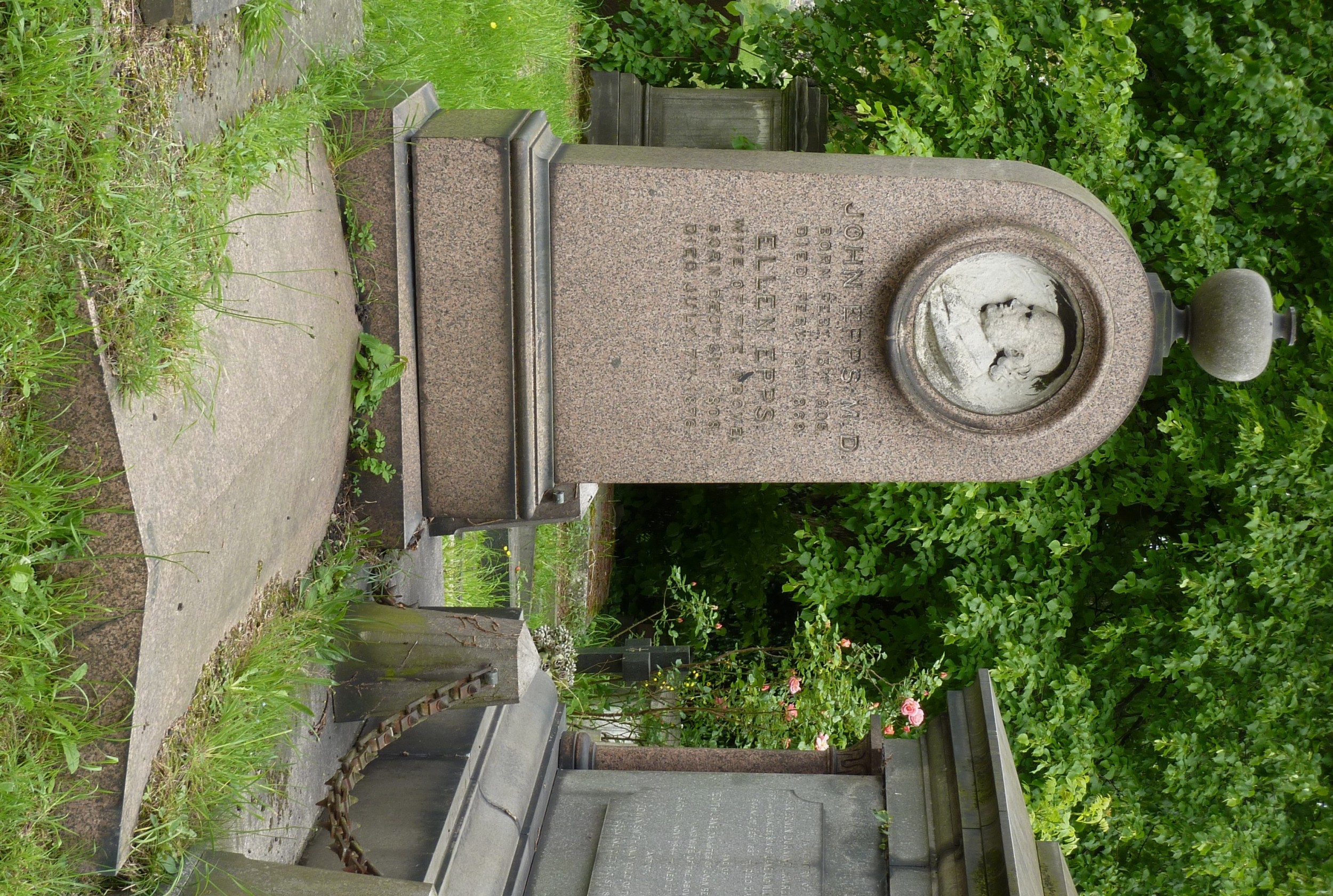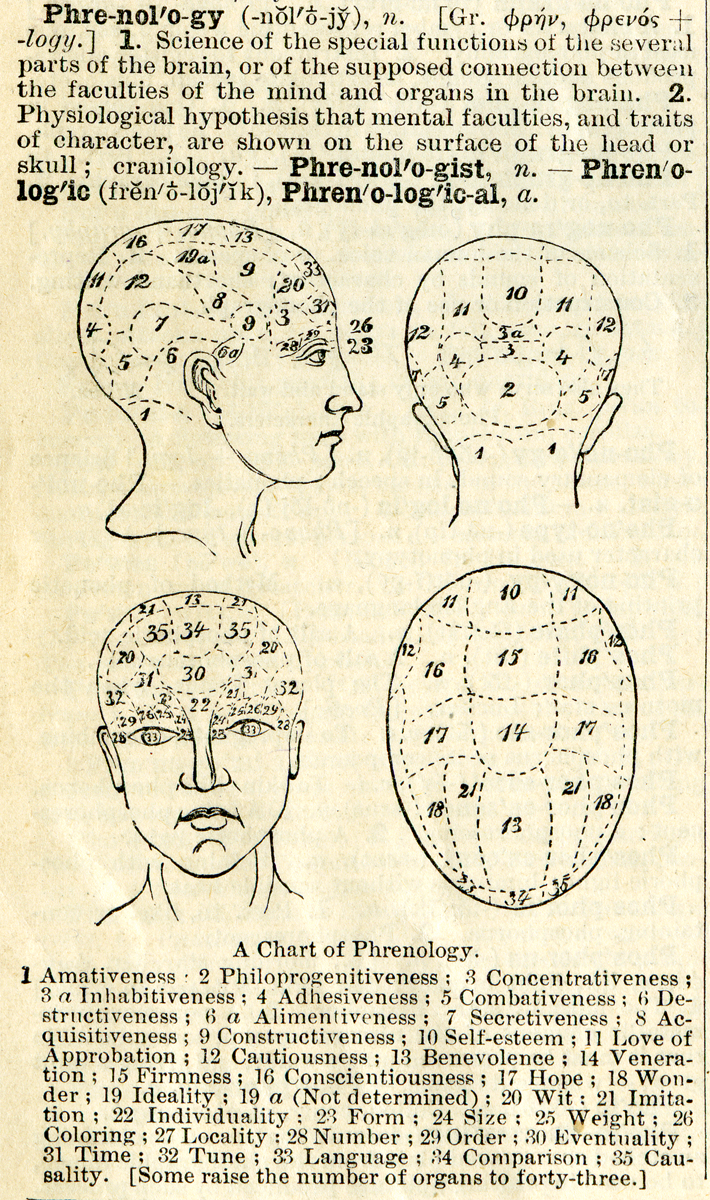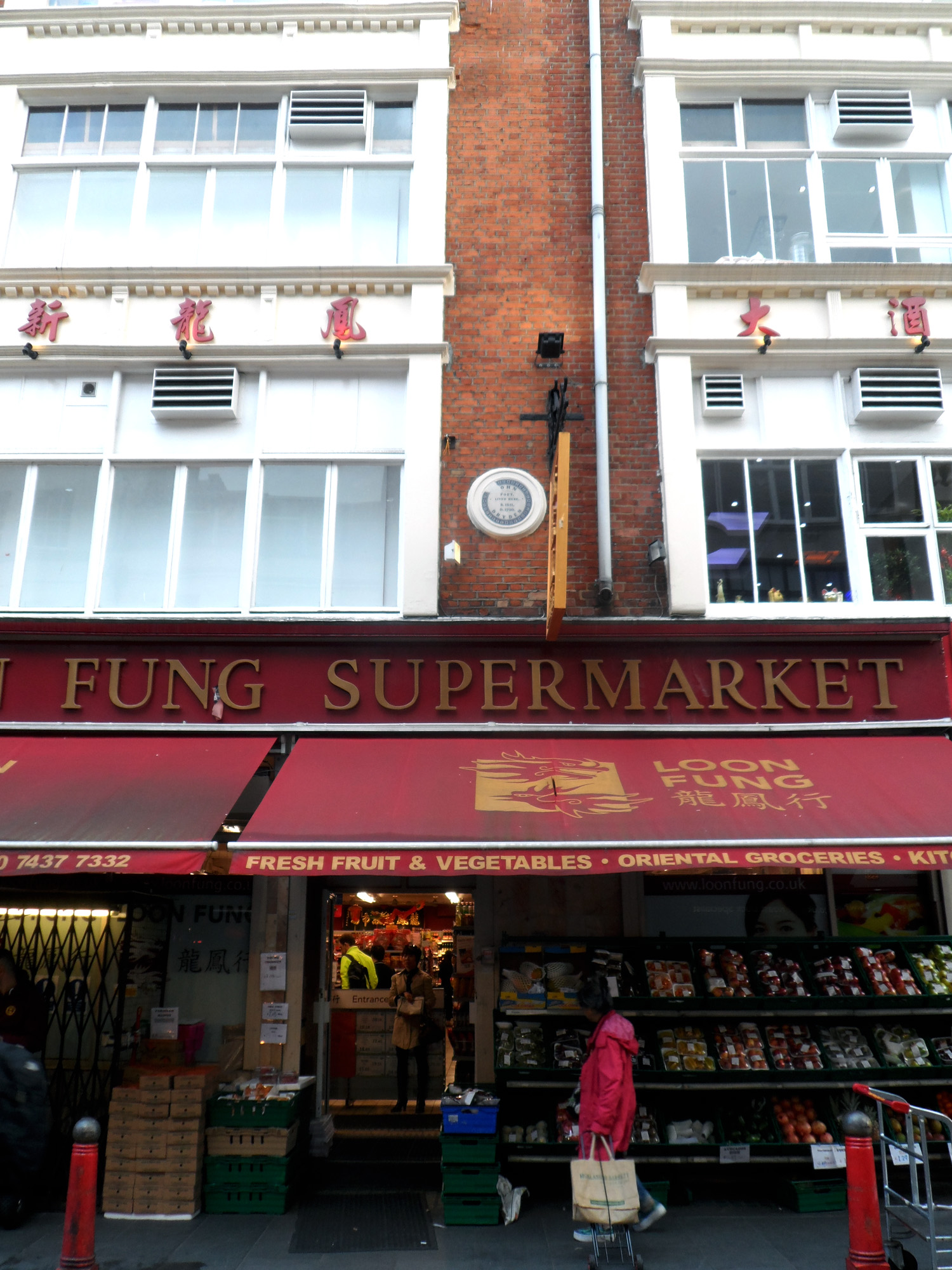|
John Epps
Dr John Epps (15 February 1805 – 12 February 1869) was an English physician, phrenologist and homeopath. He was also a political activist, known as a champion of radical causes on which he preached, lectured and wrote in periodicals. Life Early years and education Epps, the eldest son of John Epps (see Epps family), was born into a Calvinist family in Sevenoaks, Kent on 15 February 1805. George Napoleon Epps was his half-brother. Epps became disillusioned with the religious atmosphere of his childhood. After education at a dissenting academy and then Mill Hill School (near Hendon), he served an apprenticeship to an apothecary of the name of Dury or Durie. In 1824, at the age of 18, Epps went to Edinburgh to study medicine, and in 1827 graduated at the age of 21. He conceived of medicine as 'a tool of liberation for the poor and lower classes'. Medical practitioner and lecturer After graduating Epps moved back to London where he began to practice, eventually settling in Grea ... [...More Info...] [...Related Items...] OR: [Wikipedia] [Google] [Baidu] |
Sevenoaks
Sevenoaks is a town in Kent with a population of 29,506 situated south-east of London, England. Also classified as a civil parishes in England, civil parish, Sevenoaks is served by a commuter South Eastern Main Line, main line railway into London. Sevenoaks is from Charing Cross, the traditional centre of London. It is the principal town of the Sevenoaks (district), Sevenoaks district, followed by Swanley and Edenbridge, Kent, Edenbridge. A settlement was recorded in the 13th century, when a market was established. Construction of Knole House in the 15th century helped develop the village. Sevenoaks became part of the modern communications network when one of the early toll road, turnpikes was opened in the 18th century; the railway was relatively late in reaching it. In the 21st century, it has a large Commuter town, commuting population. The nearby Fort Halstead defence installation was formerly a major local employer. Located to the south-east of the town is Knole Park, wit ... [...More Info...] [...Related Items...] OR: [Wikipedia] [Google] [Baidu] |
Adrian J
Adrian is a form of the Latin given name Adrianus or Hadrianus. Its ultimate origin is most likely via the former river Adria from the Venetic and Illyrian word ''adur'', meaning "sea" or "water". The Adria was until the 8th century BC the main channel of the Po River into the Adriatic Sea but ceased to exist before the 1st century BC. Hecataeus of Miletus (c.550 – c.476 BC) asserted that both the Etruscan harbor city of Adria and the Adriatic Sea had been named after it. Emperor Hadrian's family was named after the city or region of Adria/Hadria, now Atri, in Picenum, which most likely started as an Etruscan or Greek colony of the older harbor city of the same name. Several saints and six popes have borne this name, including the only English pope, Adrian IV, and the only Dutch pope, Adrian VI. As an English name, it has been in use since the Middle Ages, although it did not become common until modern times. Religion *Pope Adrian I (c. 700–795) *Pope Adrian II (792� ... [...More Info...] [...Related Items...] OR: [Wikipedia] [Google] [Baidu] |
Phrenology
Phrenology () is a pseudoscience which involves the measurement of bumps on the skull to predict mental traits.Wihe, J. V. (2002). "Science and Pseudoscience: A Primer in Critical Thinking." In ''Encyclopedia of Pseudoscience'', pp. 195–203. California: Skeptics Society.Hines, T. (2002). ''Pseudoscience and the Paranormal''. New York: Prometheus Books. p. 200 It is based on the concept that the brain is the organ of the mind, and that certain brain areas have localized, specific functions or modules. It was said that the brain was composed of different muscles, so those that were used more often were bigger, resulting in the different skull shapes. This led to the reasoning behind why everyone had bumps on the skull in different locations. The brain "muscles" not being used as frequently remained small and were therefore not present on the exterior of the skull. Although both of those ideas have a basis in reality, phrenology generalized beyond empirical knowledge in a way that ... [...More Info...] [...Related Items...] OR: [Wikipedia] [Google] [Baidu] |
Anatomy
Anatomy () is the branch of biology concerned with the study of the structure of organisms and their parts. Anatomy is a branch of natural science that deals with the structural organization of living things. It is an old science, having its beginnings in prehistoric times. Anatomy is inherently tied to developmental biology, embryology, comparative anatomy, evolutionary biology, and phylogeny, as these are the processes by which anatomy is generated, both over immediate and long-term timescales. Anatomy and physiology, which study the structure and function (biology), function of organisms and their parts respectively, make a natural pair of related disciplines, and are often studied together. Human anatomy is one of the essential basic research, basic sciences that are applied in medicine. The discipline of anatomy is divided into macroscopic scale, macroscopic and microscopic scale, microscopic. Gross anatomy, Macroscopic anatomy, or gross anatomy, is the examination of an ... [...More Info...] [...Related Items...] OR: [Wikipedia] [Google] [Baidu] |
James Fernandez Clarke
James Fernandez Clarke (1812–1876) was an English surgeon and medical writer. Life Clarke was born at Olney, Buckinghamshire; his father and grandfather were prosperous lace merchants. After one or two brief apprenticeships, in 1828 he was placed under C. Snitch, a general practitioner, in Brydges Street, Covent Garden. Here he managed to get the run of Thomas Cadell the younger's library in the Strand, and became acquainted with literature and literary people. In October 1833 Clarke entered at Dermott's Medical School in Gerrard Street, Soho, as a medical student. For a time he acted as Dermott's amanuensis, and afterwards aided Michael Ryan in the ''London Medical and Surgical Journal''. In 1834 Robert Liston noticed a report by Clarke of one of his cases, and introduced him to Thomas Wakley, editor of ''The Lancet''; who took on Clarke. He became a clinical reporter at hospitals, and also was for many years reported on medical societies, ducking most of the rows which '' ... [...More Info...] [...Related Items...] OR: [Wikipedia] [Google] [Baidu] |
Gerrard Street, London
Gerrard Street()is a street in the West End of London, in the Chinatown area. The street was built between 1677 and 1685 and originally named Gerrard Street after the military leader Charles Gerard, 1st Earl of Macclesfield who owned the land and used it as a training area. It was developed by the physician Nicholas Barbon. By the mid-18th century, it was known more for its coffee houses and taverns than as a place of residence. Residents John Dryden (1631–1700) lived for a while at 43 Gerrard Street, which is commemorated by a blue plaque. This building was later occupied by Rudolph Appel in 1851. Here he ran an anastatic lithography printing business until he relinquished the business in favour of Samuel Cowell of Ipswich in 1858. Another plaque, on number 9, marks the meeting of Samuel Johnson and Joshua Reynolds at the Turk's Head Tavern to found The Club, a dining club, in 1764. In fiction, Charles Dickens sets the home of Mr Jaggers, the lawyer in ''Great Expecta ... [...More Info...] [...Related Items...] OR: [Wikipedia] [Google] [Baidu] |
Michael Ryan (physician)
Michael Ryan (1800–1840) was a British physician and author, Life The ''Oxford Dictionary of National Biography'' states that Ryan was probably born in Ireland. His medical training took place in Dublin and Edinburgh. He then went into practice in Kilkenny for some years, moving to London in 1829. Ryan was a member of the Royal College of Physicians in London, where he practised, and was a physician to the Metropolitan Free Hospital. He also took on a number of lecturing posts. He died in London on 11 December 1840, leaving a young family. Works In 1831, Ryan published part of a course of lectures on medical jurisprudence under the title ''Lectures on Population, Marriage, and Divorce as Questions of State Medicine, comprising an Account of the Causes and Treatment of Impotence and Sterility''. These lectures were delivered at the medical theatre Hatton Garden. In the same year appeared the completed form of his ''Manual of Medical Jurisprudence, being an Analysis of a Cours ... [...More Info...] [...Related Items...] OR: [Wikipedia] [Google] [Baidu] |
William Birmingham Costello
William Birmingham Costello (1800–1867) was an Irish surgeon, alienist and medical author. Life Costello was born near Dublin, and was educated there. He then spent the 1820s in Paris, a student of surgery under Jean Civiale, Guillaume Dupuytren and Charles Louis Stanislas Heurteloup. In 1829 Costello set up himself in London as a surgeon, specialising in the stone and lithotrity. He wrote journal articles, and lectured in the transient Brewer Street medical school, with John Epps and Michael Ryan. Subsequently, he became medical superintendent of Wyke House Asylum, near Isleworth. In later life Costello lived in Paris, working mostly as a writer. He died there on 15 August 1867. Works Costello edited the ''Cyclopædia of Practical Surgery, including a copious bibliography''; of which 12 parts were published in London, 1841–3. Contributors included Walter Hayle Walshe, and John Gay John Gay (30 June 1685 – 4 December 1732) was an English poet and dramatist and m ... [...More Info...] [...Related Items...] OR: [Wikipedia] [Google] [Baidu] |
Brewer Street
Brewer Street is a street in the Soho area of central London, running west to east from Glasshouse Street to Wardour Street. The street was first developed in the late 17th century by the landowner Sir William Pulteney. It first appears on a map of 1664, and was built up over the following decades from east to west. It is now known for its variety of shops and entertainment establishments typical of Soho. The street crosses, or meets with, Wardour Street, Rupert Street, Walker's Court Walker's Court is a pedestrian street in the Soho district of the City of Westminster, London. The street dates from around the early 1700s and escaped modernisation in the late nineteenth century so that it retains its original narrow layout. I ..., Greens Court, Lexington Street, Great Pulteney Street, Bridle Lane, Sherwood Street, Lower James Street, Lower John Street and Air Street, before meeting with Glasshouse Street at its western end. References External links Streets in ... [...More Info...] [...Related Items...] OR: [Wikipedia] [Google] [Baidu] |
Hunterian School Of Medicine
Great Windmill Street is a thoroughfare running north–south in Soho, London, crossed by Shaftesbury Avenue. The street has had a long association with music and entertainment, most notably the Windmill Theatre, and is now home to the Ripley's Believe It or Not! museum and the Trocadero shopping centre. Early history The street took its name from a windmill on the site which was recorded 1585 and demolished during the 1690s. In a parliamentary survey of 1658 the mill was described as "well fitted with Staves and other materials". The area was developed around 1665 but the building was speculative and of poor quality; this led to a royal proclamation in 1671 that prohibited unlicensed development in "Windmill Fields, Dog Fields and Soho". Later that year, Thomas Panton, one of the original speculators, was granted a licence to continue his scheme with the condition that it was supervised and directed by Sir Christopher Wren who was the Surveyor General of the King's Works. ... [...More Info...] [...Related Items...] OR: [Wikipedia] [Google] [Baidu] |
Westminster Hospital
Westminster Hospital was a hospital in London, England, founded in 1719. In 1834 a medical school attached to the hospital was formally founded. In 1939 a newly built hospital and medical school opened in Horseferry Road, Westminster. In 1994 the hospital closed, and its resources were moved to the new Chelsea and Westminster Hospital at the old St Stephen's Hospital site in Fulham Road. History Foundation The Westminster Hospital was established in 1719 as a charitable society "for relieving the sick and needy at the Public Infirmary in Westminster", and promoted by Henry Hoare (1677–1725), otherwise "Good Henry", son of Sir Richard Hoare and a partner in Hoare's Bank, and his associates the writer William Wogan, a vintner called Robert Witham, and the Reverend Patrick Cockburn. In 1719, a house was rented in Petty France, to accommodate the new Infirmary for the Sick and Needy, which opened in 1720 with 10 beds. The following document, which may be styled the firs ... [...More Info...] [...Related Items...] OR: [Wikipedia] [Google] [Baidu] |
Aldersgate Medical School
The Aldersgate Medical School was a medical school in east London, in existence from about 1825 to 1848. One of many private medical schools of the period, it had popular lecturers on its staff, and proved a serious rival to St. Bartholomew's Hospital as a teaching institution. Foundation The Aldersgate School was set up in 1825 by Frederick Tyrrell; the founding group included William Lawrence, William Coulson and others. At that point the shared medical school of Guy's Hospital and St. Thomas's Hospital was divided. Tyrrell lectured at the Aldersgate School, but later took a position at St. Thomas's, and was no longer involved with the Aldersgate school. Lawrence was also an early supporter of the school, lecturing on surgery in 1826–7; but he withdrew after taking a position at St. Bartholomew's Hospital. Lawrence was a reformer, and the background was his opposition to an 1824 regulation of the Royal College of Surgeons aiming to limit the number of medical schools that a s ... [...More Info...] [...Related Items...] OR: [Wikipedia] [Google] [Baidu] |




.jpg)
_(1677–1725)_by_Michael_Dahl.jpg)